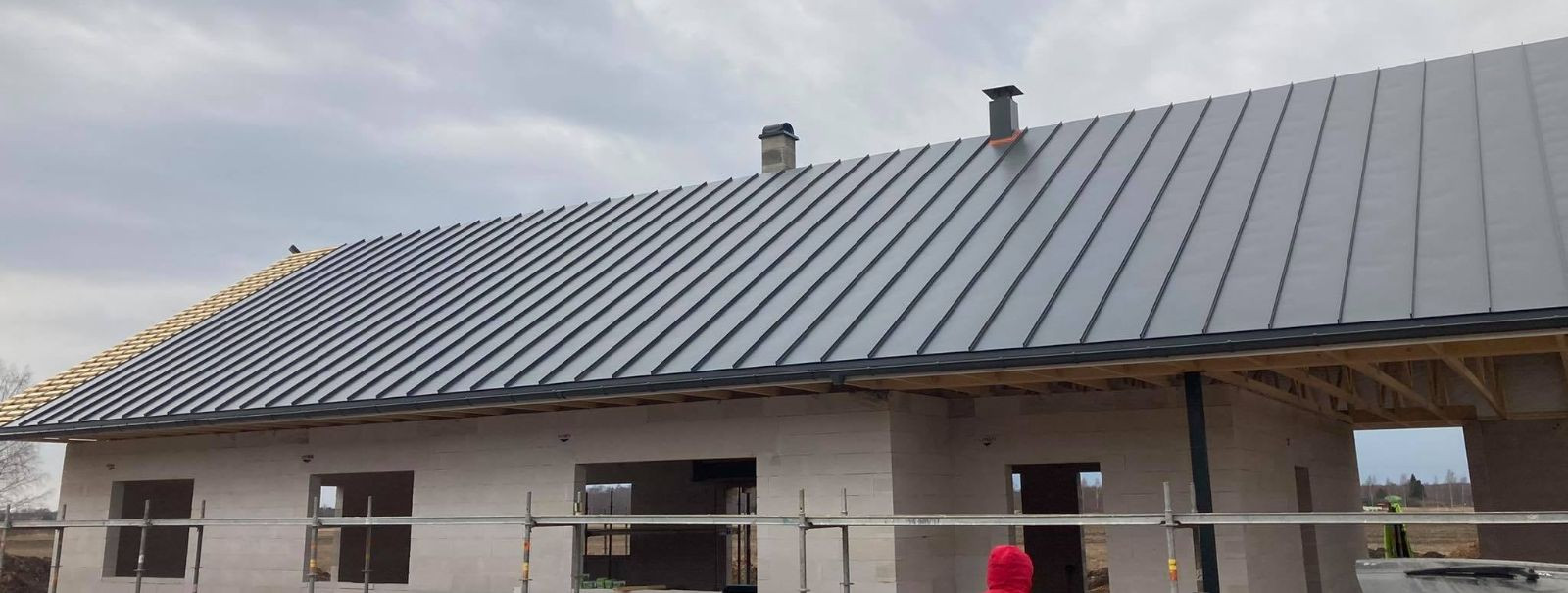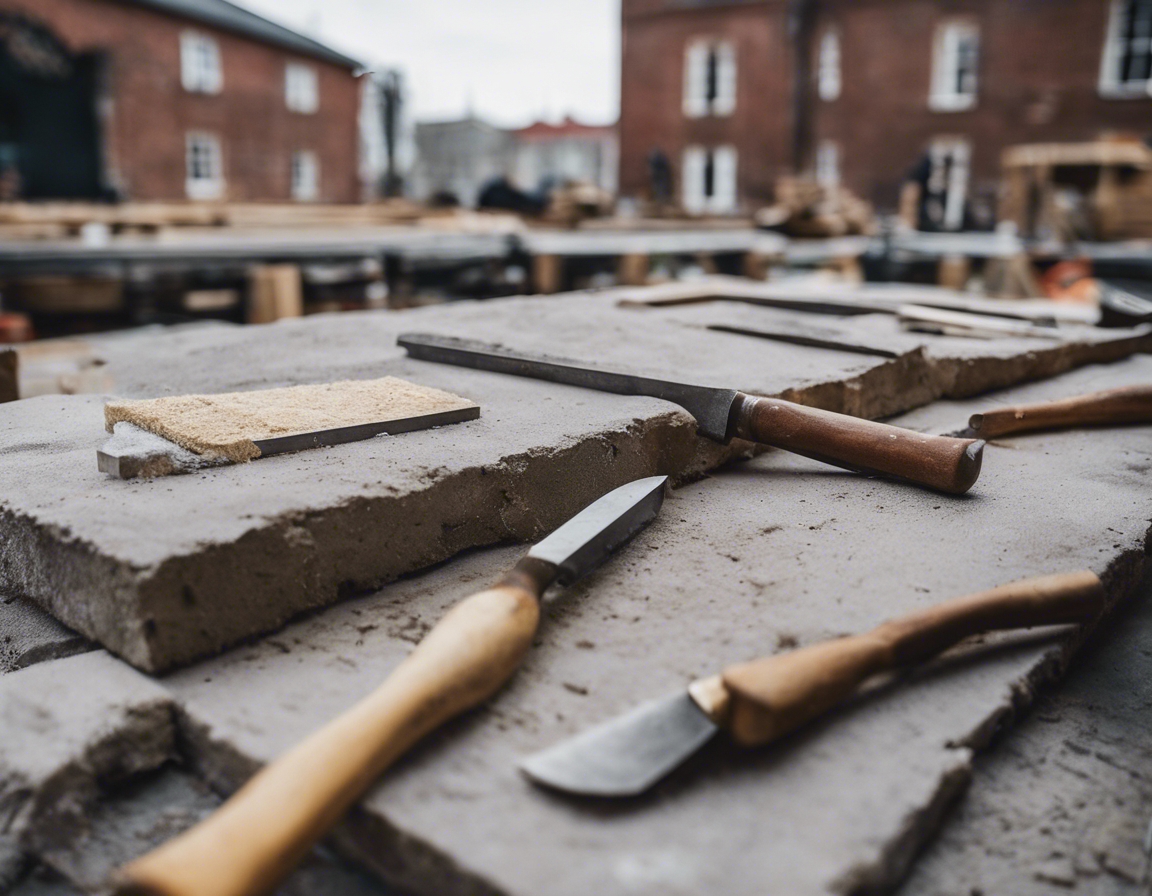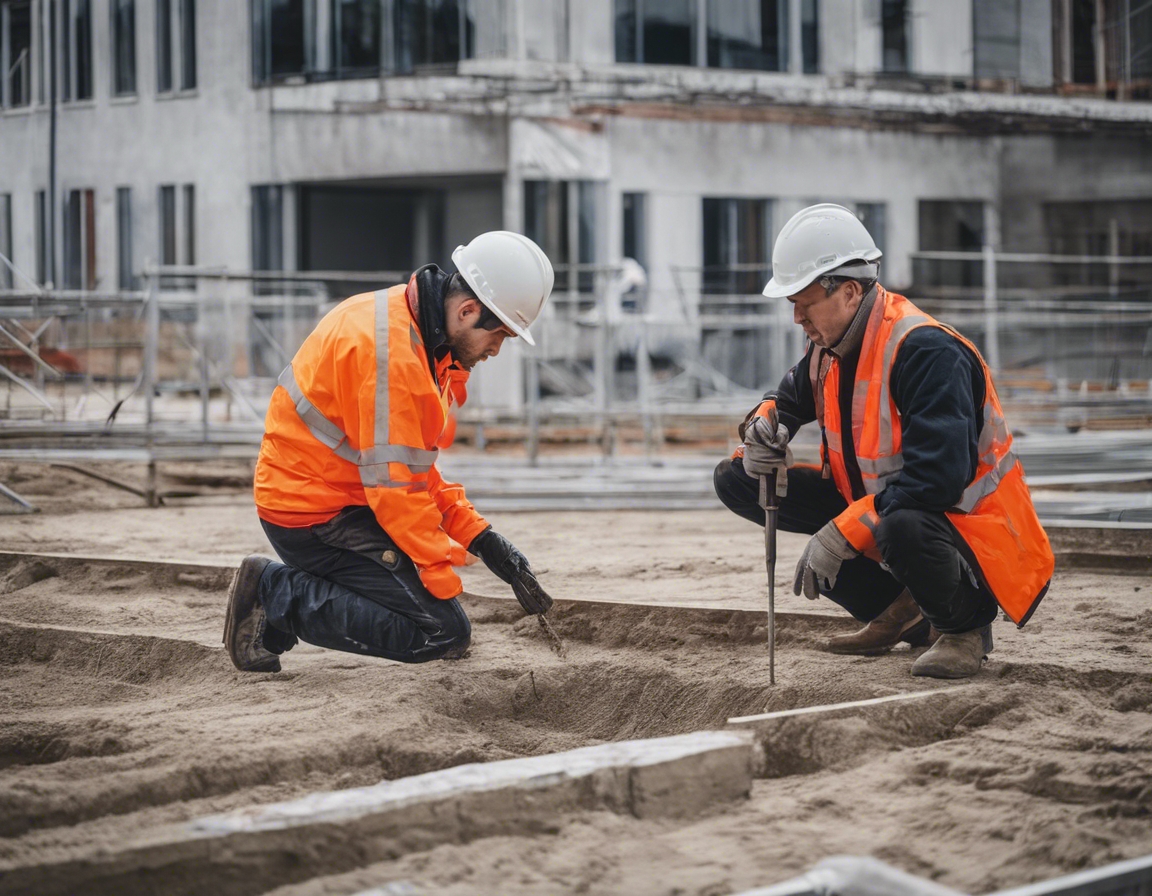5 signs it's time for a new roof
As a homeowner or property manager, the integrity of your roof is paramount to the safety and energy efficiency of your building. A failing roof can lead to a multitude of problems, from water damage to increased heating and cooling costs. Recognizing the signs that indicate the need for a new roof can save you from costly repairs in the future.
Sign 1: Age of Your Roof
The age of your roof is a primary indicator of its condition. Different materials have varying lifespans, and environmental factors can accelerate aging. If your roof is approaching or has surpassed its expected service life, it's time to consider a replacement.
Asphalt shingles, for example, typically last 20 to 25 years, while metal roofing can last 40 to 70 years. Knowing the material and its age can help you gauge the urgency of roof replacement.
Climate, maintenance, and the quality of installation all play roles in how long your roof will last. Regular inspections can help identify issues early on.
Sign 2: Visible Damage or Wear
Visible damage, such as cracked, curled, or missing shingles, can be clear indicators that your roof needs attention. These damages can compromise the roof's ability to protect your home from the elements.
Look for signs of shingle damage after severe weather events or as part of a regular maintenance routine. Damage can often be localized, but it may also indicate a more widespread problem.
Structural damage, such as a dip or wave in the roofline, can suggest a more serious issue, such as rotting or weakened trusses or rafters. This type of damage requires immediate attention.
Sign 3: Leaks and Water Damage
Leaks are one of the most urgent signs that your roof may need replacing. Water intrusion can cause mold, rot, and structural damage over time.
Water stains on ceilings or walls, musty odors, or visible dripping during rain are all signs of potential leaks. Regular attic inspections can also reveal hidden leaks.
Long-term water damage can compromise the structural integrity of your home and lead to expensive repairs if not addressed promptly.
Sign 4: Sagging Roof Deck
A sagging roof deck is a telltale sign of structural issues. It can be caused by long-term exposure to moisture or excessive weight from snow or multiple layers of roofing materials.
Understanding the causes of a sagging roof can help you prevent further damage and determine if a repair or full replacement is necessary.
A sagging roof is a safety hazard and can lead to a collapse if not addressed. It's essential to have a professional assess the situation.
Sign 5: Rising Energy Bills
If you've noticed a steady increase in your energy bills, it could be due to an inefficient roof. A well-maintained, properly insulated roof helps to keep energy costs down.
A damaged or aging roof can lead to air leaks and poor insulation, causing your heating and cooling systems to work harder and driving up energy costs.
Investing in a new roof with modern materials can significantly improve your home's energy efficiency and reduce monthly bills.






Comments (0)